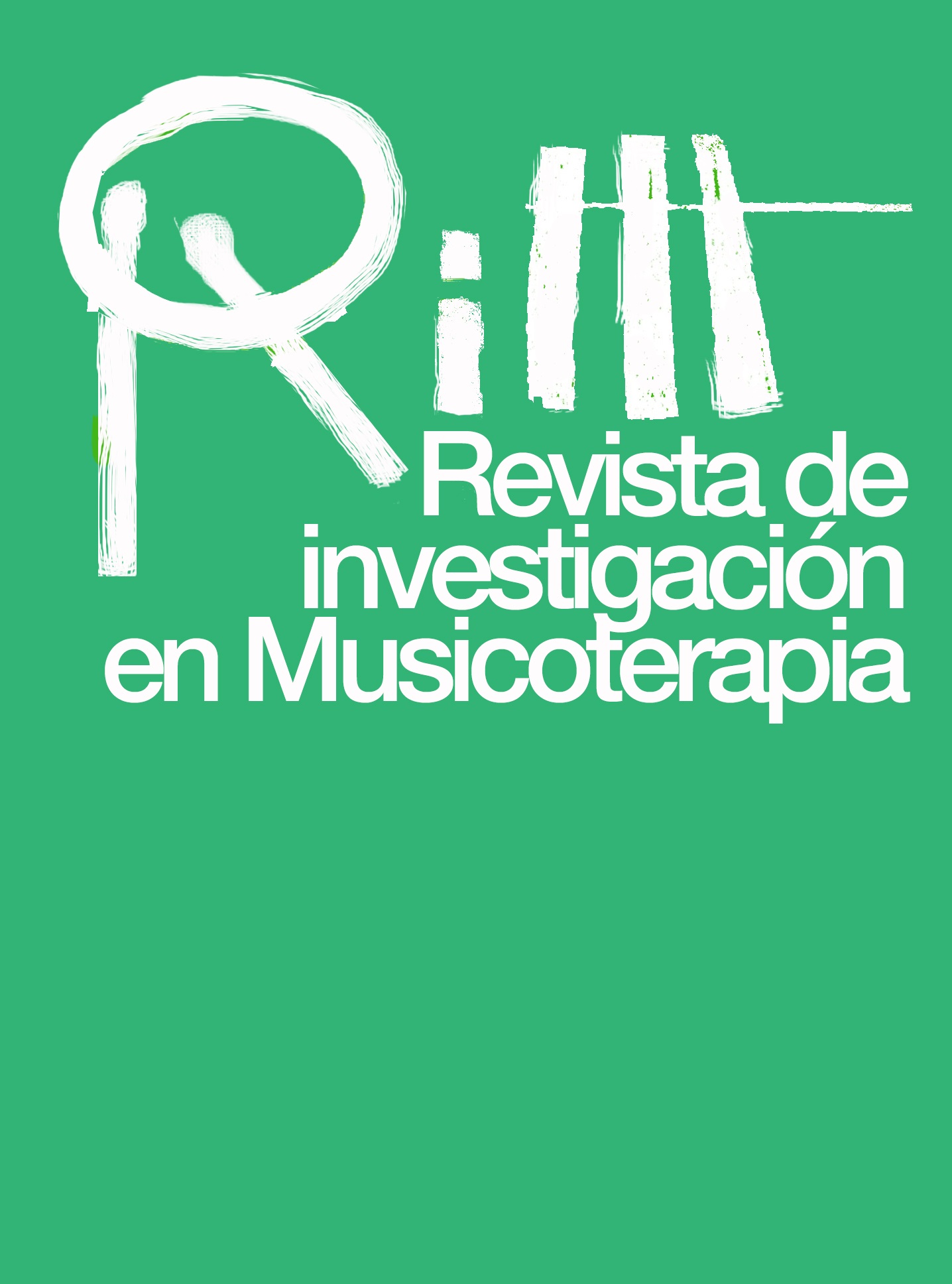Efectos de la práctica pianística en la sintomatología postquirúrgica del cáncer de mama
Palavras-chave:
Dolor, piano, movimiento, cáncer.Resumo
El presente estudio analiza la disminución del dolor postquirúrgico en las mujeres intervenidas de cáncer de mama a través de movimientos ejecutados en la técnica pianística. Durante su realización, ocho mujeres, elegidas aleatoriamente de una muestra total de dieciséis, realizaron distintos ejercicios en un piano durante diez sesiones. Cada mujer del grupo experimental practicó los movimientos pianísticos seleccionados con la extremidad superior homolateral al área de la intervención quirúrgica. El análisis estadístico de los resultados obtenidos reveló un alivio significativo del dolor.
Downloads
Referências
Blood A.J., Zatorre R.J. (2006). Intensely pleasurable responses to music correlate with activity in brain regions implicated in reward and emotion. Journal of Music Therapy; 43: 295-316.
Calle-Albert, I. (2013). Historia de la musicoterapia I y II Desde la Edad Media hasta el Prerromanticismo. Cuadernos de Bellas Artes 19 y 20, La Laguna. (Tenerife): Latina.
Devoogdt N, Van Kampen M, Christiaens MR, Troosters T, Piot W, Beets N, Nys S, Gosselink R. (2011). Short- and long-term recovery of upper limb function after axillary lymph node dissection. Eur J Cancer Care (Engl); 20(1):77-86.
García, M. T. F., Cruz, N. E. M., Pérez, F. G., Pérez, C. E., Manzanero, M. Á. P., y Cantalapiedra, J. A., (2011). Programa de ejercicios de miembro superior tras cirugía de cáncer de mama. Bases científicas. SERMEF.
Gosselink R, Rouffaer L, Vanhelden P, Piot W, Troosters T, Christiaens MR. (2003).
Recovery of upper limb function after axillary dissection. J Surg Oncol; 83(4):204- 211.
Haslinger, B., Erhard, P., Altenmuller, E., et al. (2004). “Reduced recruitment of motor association areas during bimanual coordination in concert pianists”. Hum Brain Mapp; (22):206–215.
Levangie PK, Santasier AM, Stout NL, Pfalzer L. (2011). A qualitative assessment of upper quarter dysfunction reported by physical therapists treated for breast cancer or treating breast cancer sequelae. Support Care Cancer; 19(9):1367- 1378.
Marti A.P. et al. (2015). Efecto de la musicoterapia en el estado anímico y calidad de vida de un grupo de mujeres supervivientes de cáncer de mama. Psicooncología; (12): 105-128.
Nesvold IL, Reinertsen KV, Fosså SD, Dahl AA. (2011). The relation between arm/shoulder problems and quality of life in breast cancer survivors: a cross- sectional and longitudinal study. J Cancer Surviv; 5(1):62-72.
Puebla-Díaz, F. (2005). Tipos de dolor y escala terapéutica de la OMS. Dolor iatrogénico. Oncología; 28 (3): 139-143.
Segura-Valverde, M., García-Nieto, R., y Gutiérrez, L. A. S. (2014). Imagen corporal y autoestima en mujeres mastectomizadas. Psicooncología; 11(1):45-57.
Shamley DR, Srinanaganathan R, Weatherall R, Oskrochi R, Watson M, Ostlere S, et al. (2007). Changes in shoulder muscle size and activity following treatment for breast cancer. Breast Cancer Res Treat; 106(1):19-27.
Trallero-Flix, C. (2004). Musicoterapia creativa en pacientes con cáncer: un método para disminuir la ansiedad y el estrés. Revista virtual Psiquiatría.com.
